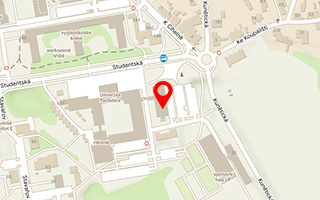Publikace detail
Klára z Assisi a Kateřina Sienská: Anorektičky, anebo eucharistické světice?
Autoři:
Machálek Vít
Rok: 2017
Druh publikace: kapitola v odborné knize
Název zdroje: Krajiny prostřených i prázdných stolů II : evropská gastronomie v interdisciplinárním přístupu
Název nakladatele: Univerzita Pardubice
Místo vydání: Pardubice
Strana od-do: 24–38
